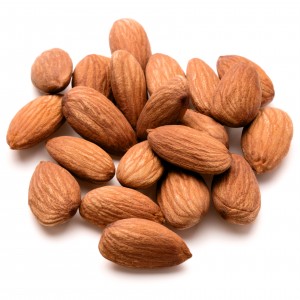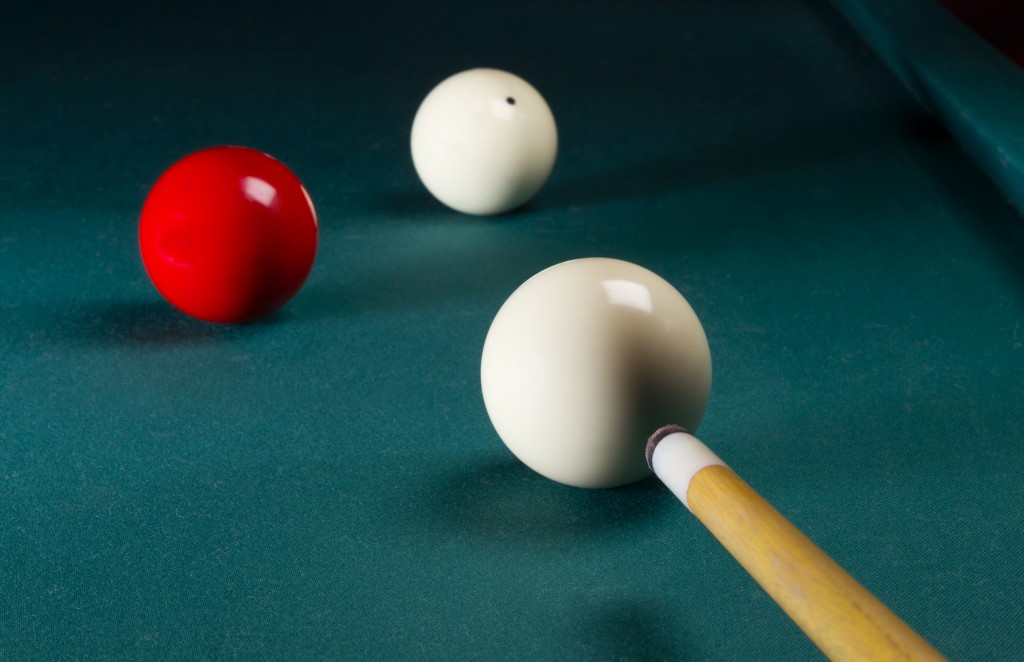We need habits.
When I drive into an intersection and see a car barreling through a red light from a side street, I don’t want to think – I need to react.
Habits are useful. They help us not to think. Like checklists they help us navigate complexity.
Years ago, my doctoral committee chair always stuck to the same drill when meeting with me:
√ Meet for lunch at Jake’s
√ Rendezvous there at 11:45 am
√ Order Chinese chop salad
√ Small talk for 30 minutes then dissertation talk for the remaining 45.
She didn’t have to think about what the plan was for our meetings. She was simplifying one aspect of her otherwise complex life, reserving her mental energy for my (fabulous) dissertation.
The routine had become a habit: something so ingrained she didn’t have to think about it.
Hers was useful. But many of us have habits that we want to change. And because our habits get neurologically imprinted in our brain, changing requires reprogramming our brain cells!
No small feat.
According to New York Times reporter Charles Duhigg, in his book The Power of Habit, habits have three parts: a cue, a routine and a reward. What fascinated me was his information about the cue – something we observe, feel or experience that launches a habitual response.
Hmmm. If I can become more mindful about the cues that launch my “bad” habits – I may have a chance at picking some different responses.
When I’m at the computer, I often reach a point (after 50 emails?) when I need a break: I walk into the kitchen, make a cup of green tea, and chomp on a handful of almonds.
Almonds aren’t such a terrible vice, but with the quantity I eat, you could plant me and I’d grow roots and start bearing almonds.
If what I need is a moment to relax, a better alternative might be stretches, or a short walk in the garden. Yet as soon as I’m in the kitchen, I see the pantry, the pantry has almonds…you get the drift.
I get cued up to eat almonds.
I once had a client who wanted to lose 75 pounds. When I asked her to describe her kitchen, she told me about how she had to stock her cupboards with high sugar/carb/fat foods because that’s what her teenage soccer-playing sons loved to eat. In so doing, she created a torture chamber for herself. No way was she going to ignore the temptation of those delicious high fat foods screaming at her each time she entered the kitchen.
She never lost the weight because she was unwilling to change the cues.
It’s subtle. Because habits are done without thinking – we often don’t notice the cues. Duhigg describes how Tony Dungy, NFL coach, trained his teams to notice a very select set of cues on the field. Before he worked with them his players spent too much time thinking about how to react based on data they observed on the field. Dungy turned this data, such as the movement of the guard, the back foot of the running back, or the gaps in the line, into a set of cues that triggered pre-programmed responses.
Duhigg describes how Tony Dungy, NFL coach, trained his teams to notice a very select set of cues on the field. Before he worked with them his players spent too much time thinking about how to react based on data they observed on the field. Dungy turned this data, such as the movement of the guard, the back foot of the running back, or the gaps in the line, into a set of cues that triggered pre-programmed responses.
He then drilled team members enough that these responses became habits that they could use without stopping to think on the
field. The seconds they gained not thinking were enough to earn the Colts their Super Bowl Victory over the Patriots.
Of course, a lot of times our responses to a cue are not what we would want to choose for ourselves. (We find ourselves ordering the big dessert we don’t need because the waiter wheeled the cart over to us so we could “just take a look”.)
I’m not pretending it’s easy. Remember, all of these reactions we wouldn’t choose have taken up roost in our brains where they’re not planning to leave.
And I don’t think you can just think a habit into being. You have to keep doing a behavior long enough for it to become embedded in your brain.
I’m going to start noticing the cues. Awareness, I used to teach, is the first step towards change.
And maybe I’ll start using cues to make my life simpler (I could make the first Monday of the month “bookkeeping Monday” rather than continuing to forget to pay the bills) or planting cues – like putting my running shoes near the backdoor – to remind myself to walk more.
And those almonds? Maybe I’ll try substituting an occasional stretch outdoors for the handful of almonds.
But then again, I think I’ll look really nice when I start flowering in the spring.











